Wine Enthusiast |
- Columbia Valley Carves Out New AVAs. What Does It Mean for Washington Wine?
- Get Out and Drink: Eight of Sonoma’s Best Outdoor Winery Experiences
- Nine Cab Francs That Show Argentina Is More Than Malbec
| Columbia Valley Carves Out New AVAs. What Does It Mean for Washington Wine? Posted: 16 Jun 2021 09:15 AM PDT  Washington State suddenly finds itself with a surfeit of new grape growing appellations, with the Alcohol and Tobacco Tax and Trade Bureau (TTB) announcing tomorrow the approval of two new American Viticultural Areas (AVAs). This comes on the heels of two approvals last year, as growers and winemakers increasingly subdivide the Columbia Valley, Washington's largest growing region. "I love the specificity," says Bob Betz, MW, founder of Betz Family Winery, of carving up the Columbia Valley. "I love the precision and detail that it brings to the consumer." The Columbia Valley's newest subappellations are the White Bluffs and The Burn of Columbia Valley AVAs. Goose Gap is also anticipated to be approved in the coming months. The White Bluffs is the most established of the three, with 1,127 planted acres that include vines that date to 1972. The appellation sits on a plateau, its topsoil underlain by ancient lake-bed sediment unique to the region. Sagemoor Vineyards, a collection of sites largely within the new appellation, has already proven itself, and provides fruit to nearly one in every 10 wineries in the state. "It's long been known but not named," says Kent Waliser, Sagemoor's director of vineyard operations, of White Bluffs' influence. 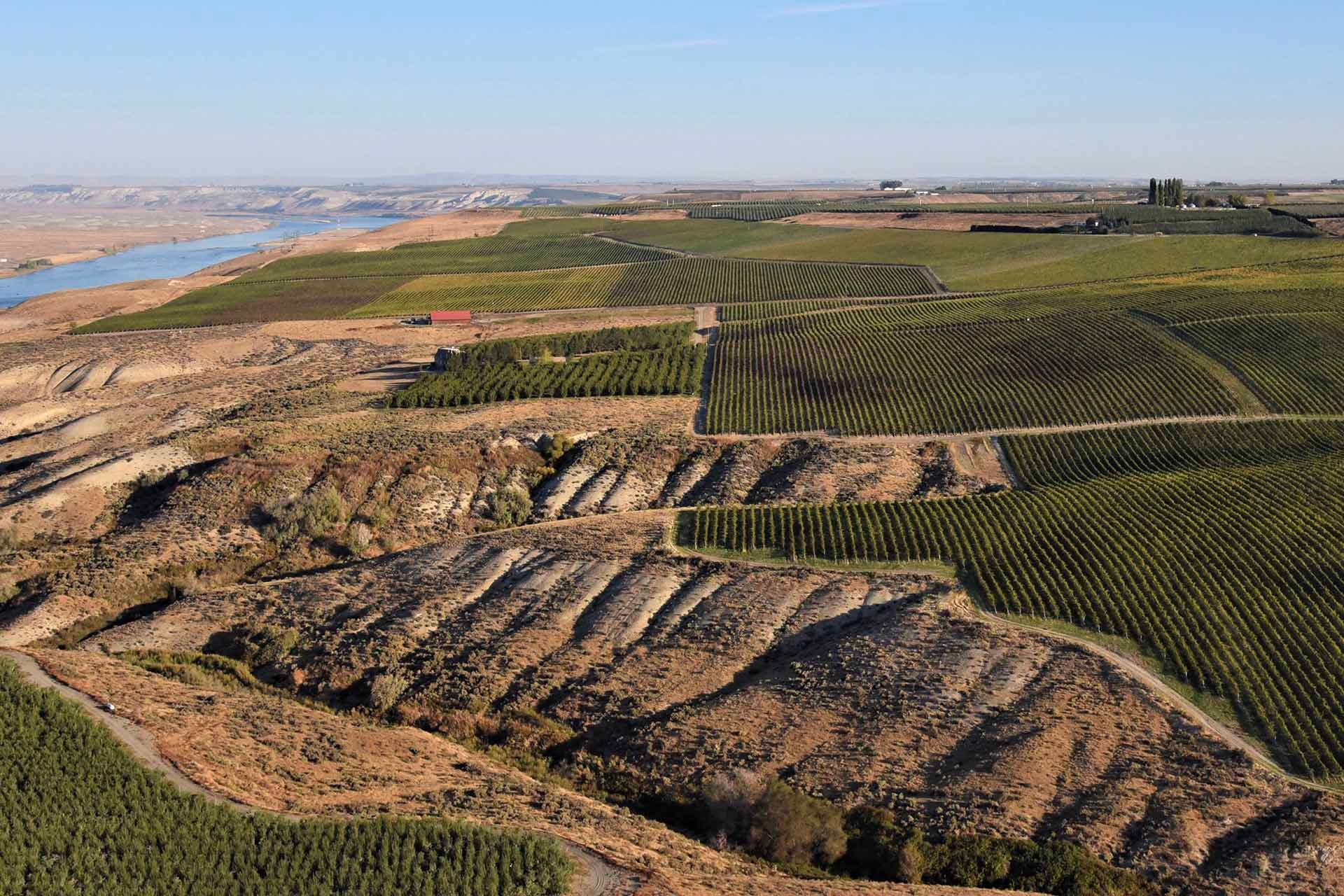 The Burn is the youngest of the new growing regions, with most of its 1,500 acres planted since 2015. With a higher annual precipitation and slightly heavier soils compared to nearby areas, this generally southeast-facing bench above the Columbia River is largely planted to Cabernet Sauvignon. "The Cabernet really expresses itself differently than elsewhere in the Columbia Valley," says Juan Muñoz-Oca, chief winemaker at Ste. Michelle Wine Estates. He likens it to "old-school Bordeaux." Goose Gap, meanwhile, abuts highly regarded Red Mountain. Named after a saddle between a series of mountains that is a common migratory pathway for waterfowl, the area was first planted to wine grapes in 1998. It's now home to 18 varieties and approximately 2,000 acres under vine. Whereas many of Washington's growing regions lie on south-facing slopes, the Goose Gap appellation sits on a slightly different axis, with many of its plantings on northeast-facing slopes. This extends the region's grape growing season. "We're able to get more hangtime than some of our neighbors because of the different aspects," says Sydney Anderson, viticulturist at Goose Ridge Estate Vineyard and Winery, which lies within the proposed appellation. With the approval of these two AVAs, and a third coming, the Columbia Valley will have 16 subappellations. It's fitting for a region that encompasses 11 million acres, or one quarter of Washington's land mass, and over 99% of the state's grapevine acreage. Local wine professionals hope that subdividing the region will allow specific areas to gain greater recognition, as well as bring needed clarity to a state that grows nearly 100 varieties. "I think Washington can be kind of confusing because we grow so many varietals so well," says Mark McNeilly, owner of Mark Ryan Winery in Woodinville. "We have to break things into smaller parts and really kind of show what does best where."  This multidecade undertaking has already paid some dividends, with appellations like Red Mountain and Walla Walla Valley becoming increasingly well-known for Cabernet Sauvignon and Syrah, respectively. While some are concerned additional subappellations might further fragment the already complex story of the state's grape diversity, others hope providing greater specificity will not only elevate these individual regions but also increase awareness of Washington wine more generally. "I think we still have a great deal of work ahead of us to just put Washington on the map," Muñoz-Oca says. "I’m hoping that part of the path we start walking as an industry is dissecting the place, allocating a variety that grows magnificently well in a specific appellation, and then articulating why and how." Even as that happens and the region is subdivided further, many of the state's wineries will surely continue to use the broader Columbia Valley designation on their labels. "It gives them more flexibility in where they can get their fruit," says Lenny Rede, wine steward at Metropolitan Market on Mercer Island near Seattle. Equally certain, none of Washington's new appellations will become overnight sensations. Even the success stories of Walla Walla Valley and Red Mountain took decades of effort before they began to gain broader recognition. This struggle for appellations to gain awareness is by no means unique to Washington. "Even now, we are still so deep in our infancy in the idea of site specificity in American winemaking," says Betz. "I’m not sure, beyond the most glamorous names of Napa Valley, Sonoma Valley, that many appellations really resonate on a national scale right now." Of course, trying to change public perception starts with having an appellation name to put on the bottle, an option now available to the regions' winemakers. Then the hard work begins. "It's going to be on these new AVAs to really establish an identity," says Chris Tanghe, MW, interim executive director of GuildSomm. "It’s going to be on the professional wine industry to fully understand what these AVAs are about. And it’s just also going to take time for all that to happen." |
| Get Out and Drink: Eight of Sonoma’s Best Outdoor Winery Experiences Posted: 16 Jun 2021 05:00 AM PDT  From picnicking and hiking to strolling around a farm, a range of experiences that encourage you to get out in the fresh air has long been offered alongside the tastings at Sonoma's wineries and vineyards. Ahead, explore some of the best ways to spend your day in the California sun. Get Your GreensPreston Farm and Winery, HealdsburgThis family-run winery grows more than grapes on its organic estate property. Perched at the edge of Healdsburg's Dry Creek Valley, the Prestons also maintain a produce farm and run a successful community-supported agriculture (CSA) program. Many products, like peaches, brick-oven bread and eggs, are sold at the onsite farm store.  Go for a SwimFrancis Ford Coppola Winery, GeyservilleDuring summer, Coppola becomes a place for families to enjoy the sun around two expansive swimming pools. Chaise lounges and private sheltered "cabines" allow for plenty of social spacing, while an outdoor café offers drinks and snacks.  Hike Your Heart OutSutro Wine Co., HealdsburgWhile Sutro doesn't have its own tasting room, you can head to Medlock Ames winery, where the wines are made, for a taste of its estate bottlings. Afterward, Proprietor and Winemaker Alice Warnecke Sutro will take you across the street to Warnecke Ranch & Vineyards for a hike through the vines. The property is chockablock with white ash volcanic soils. 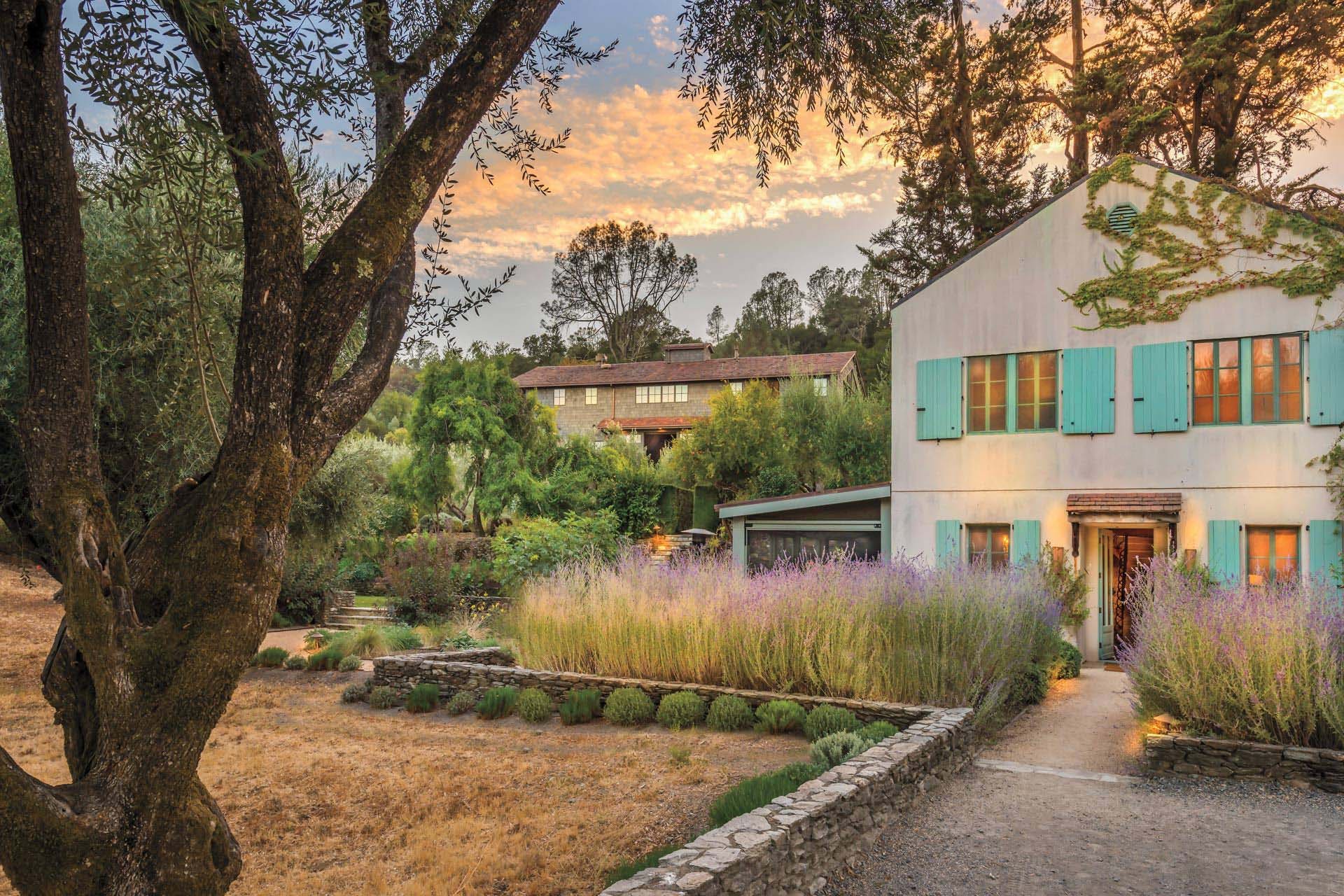 Treat Yourself to an Open-Air RetreatBlue Rock, CloverdaleYou'll need reservations to enjoy the day here. Deemed a "retreat," a visit to Blue Rock includes two immersive hours tasting a lineup of reserve wines, touring the winery and enjoying bites from local purveyors while surrounded by 100 acres of vineyards and olive trees. The experience is completely private to you and your group. The Vintner's Cottage, a stone-walled 1880s-era guest house, can also be booked in advance for overnight stays. A heated pool, bocce court and fire pit promise a good time.  Picnic PeacefullyBricoleur Vineyards, WindsorTucked along the backroads of the Russian River Valley, Bricoleur is centered around ponds and water gardens that make an ideal picnic setting. A pavilion that overlooks the Chardonnay vines is a great spot for your blanket, but the grounds also feature ample flowers and olive trees to spread out alongside. Bees, chickens and dogs can be found, too, as well as rows of vegetable gardens that produce the winery's onsite offerings and donations to local food banks. 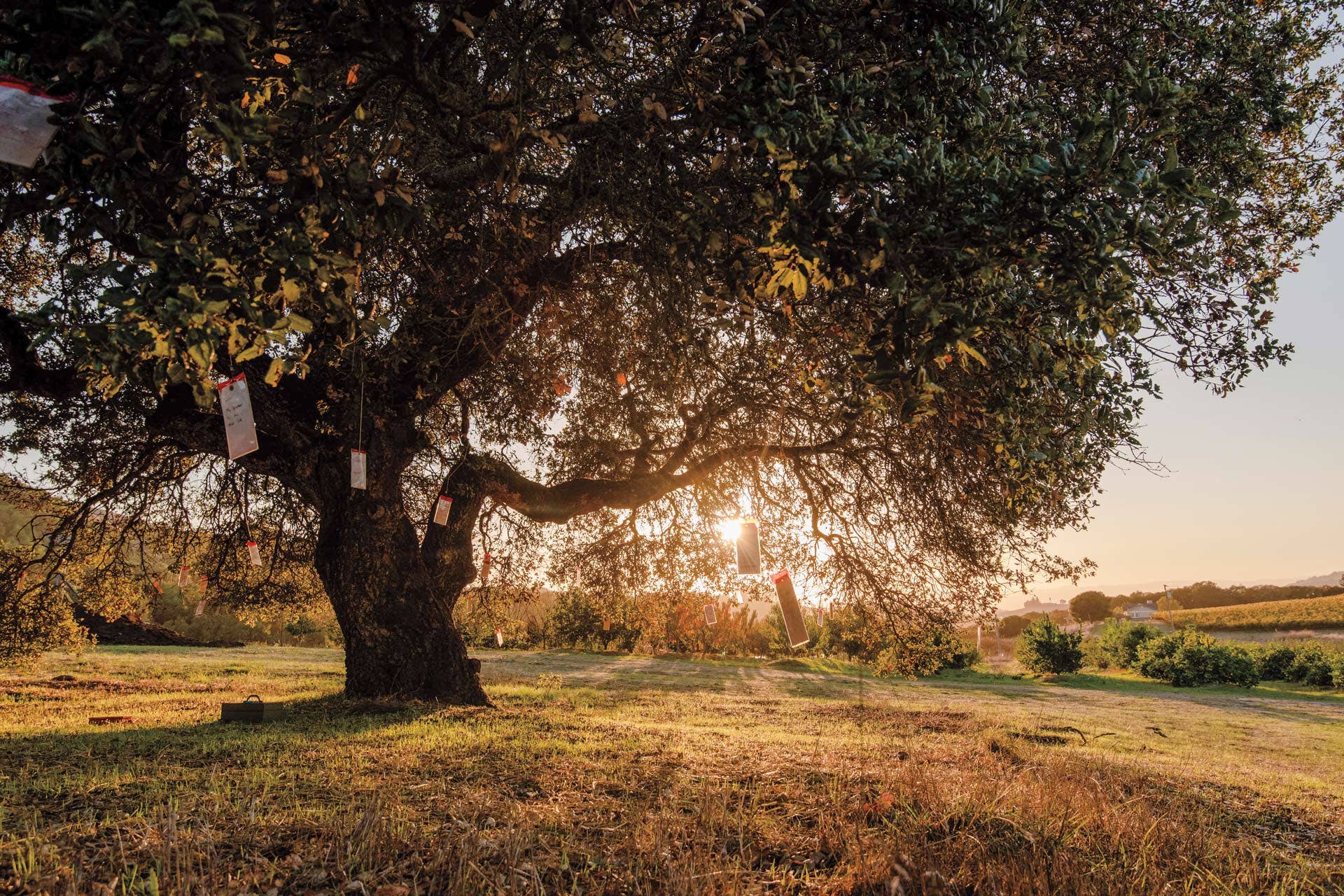 Make a WishBelden Barns, Santa RosaHigh up Sonoma Mountain Road is the quiet expanse of Belden Barns, a family-run vineyard where you can taste Grüner Veltliner, Syrah and more in a barn built in the 1870s. One unique draw is its Wishing Tree, a live oak where visitors are invited to hang a wish of positivity and hope. 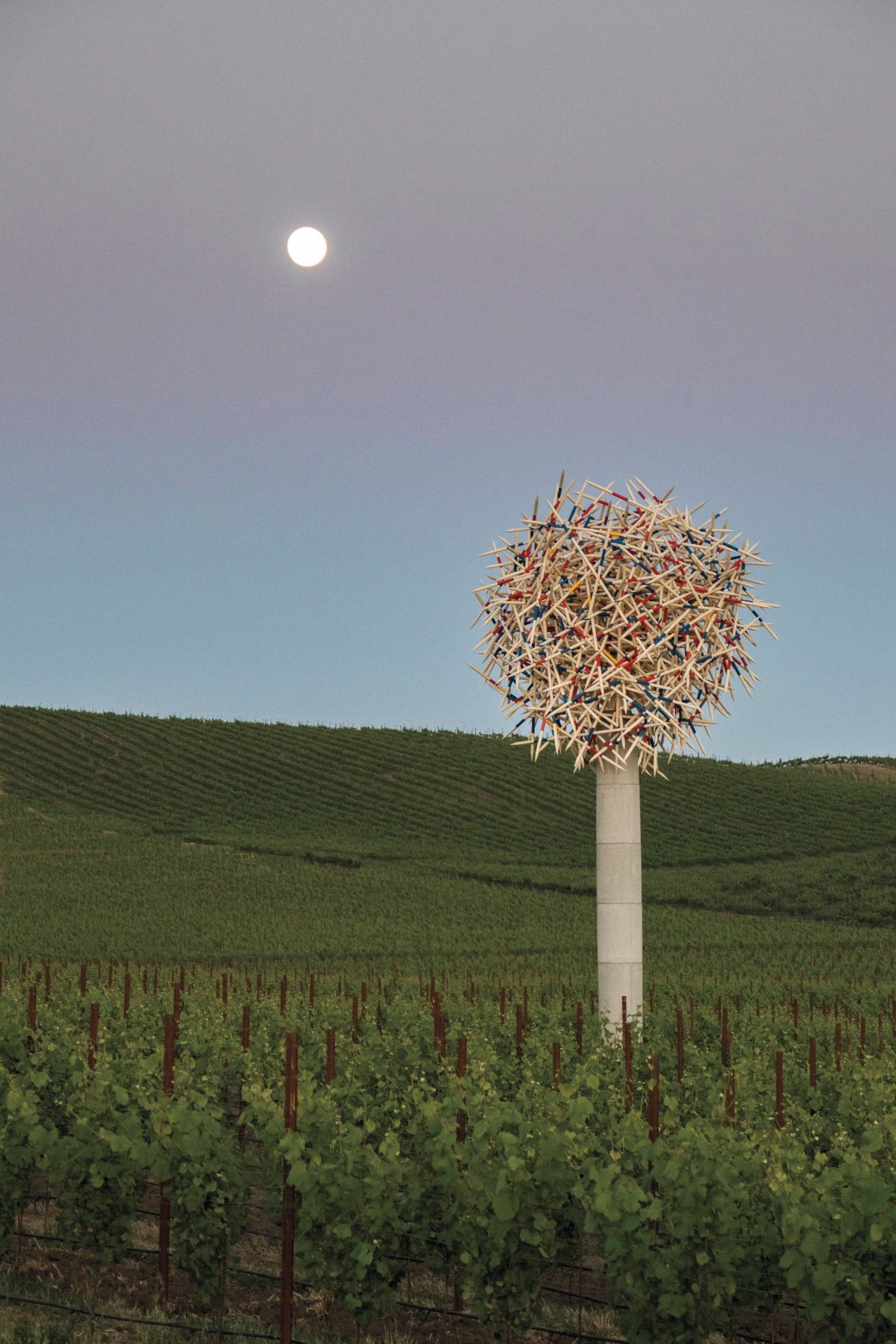 Discover Another PaletteDonum Estate, SonomaAmong the finest estates in Carneros, Donum is already a can't-miss producer for many. But there's an additional draw beyond its stunning Pinot Noir and Chardonnay: a world-class outdoor sculpture garden with works from Ai Weiwei, Anselm Kiefer, Louise Bourgeois, Richard Hudson, Keith Haring and many others. A self-guided stroll will stay in your mind for a long time. 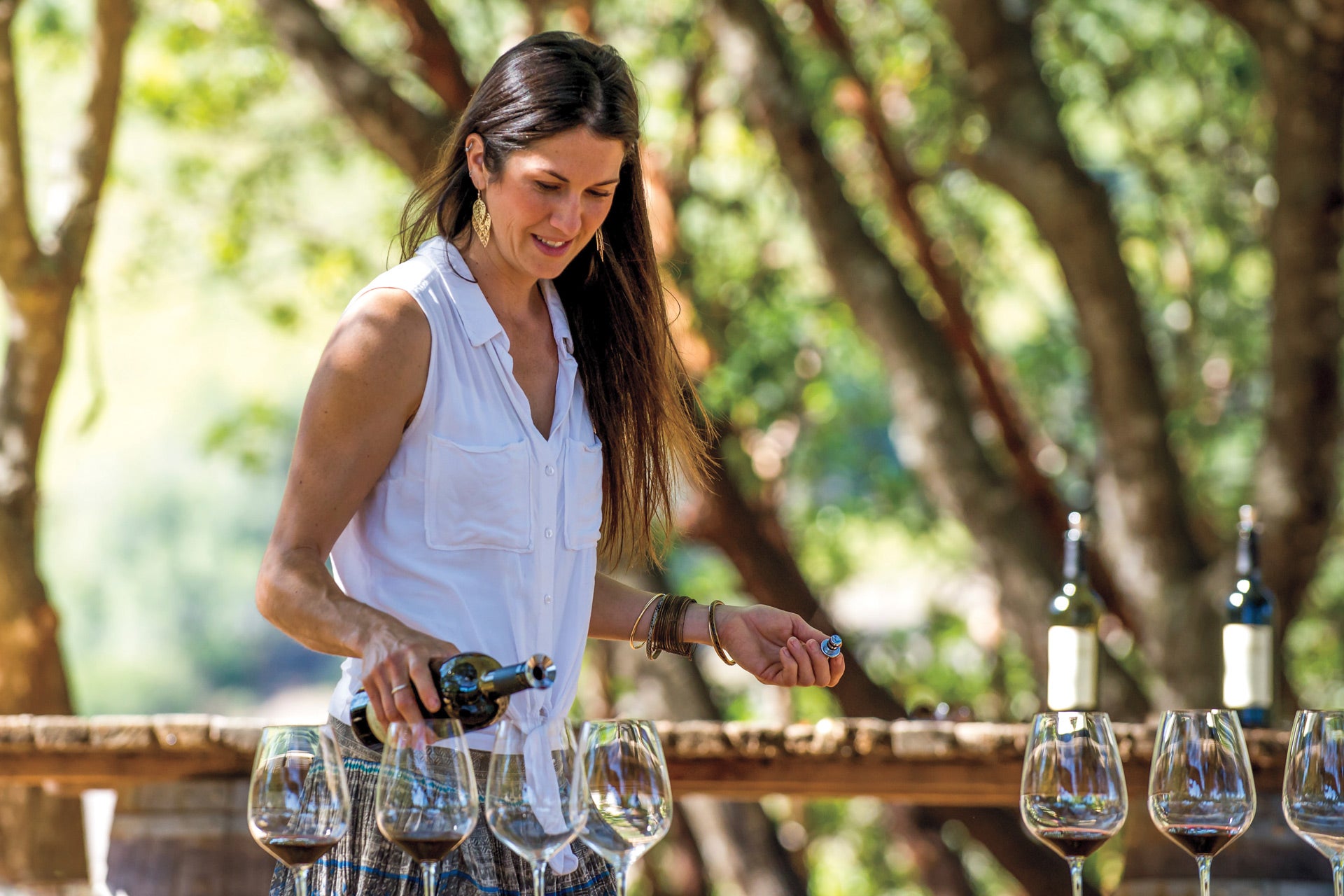 Ramble Around a RanchPassalacqua Winery, HealdsburgPassalacqua runs a standard tasting room on the floor of Dry Creek Valley, but it also offers a more in depth and off-the-beaten track tour of its 120-acre Cabernet Ranch vineyard nearby. Owner Jason Passalacqua or Winemaker Jessica Boone will lead the way, with the chance to taste several block selections of its Cabernets in the great outdoors. |
| Nine Cab Francs That Show Argentina Is More Than Malbec Posted: 16 Jun 2021 04:22 AM PDT  Argentina is known for its stellar Malbec and for good reason. But the country also adopted another Bordeaux variety that has found success: Cabernet Franc. Unlike Malbec or Cabernet Sauvignon, Cab Franc thrives in Argentina's cooler or high-altitude vineyards across the country, especially along the Andes. This red grape even produces wines that are richer and more voluptuous than those found in regions like the Loire and still displays the tell-tale green pepper and herbal tones that are the variety's signature. Here are nine of our favorite Argentine Cab Francs to try. Zorzal 2017 Eggo Franco Cabernet Franc (Tupungato); $30, 90 points. Dusty cherry and berry aromas are earthy and highly natural, with no overripe notes or oak. A full, ripe palate offers fine balance between weight and elegance, while this tastes of clean black fruits prior to a finish with dry tannins. This is fresh and exact, with little of the herbal character that often comes with Cabernet Franc. Drink through 2025. Brazos Wine Imports. —Michael Schachner Zuccardi 2018 Poligonos del Valle de Uco San Pablo Cabernet Franc (Uco Valley); $30, 93 points. This racy Cabernet Franc from winemaker Sebastián Zuccardi is made entirely in concrete. Plum and berry tones are full and fresh on the nose and palate, while flavors of black fruit, herbs, tea and tomato linger on the smooth finish. Drink through 2024. Winesellers, Ltd. Editors' Choice. —M. S. Casarena 2017 Single Vineyard Lauren’s Vineyard Agrelo Cabernet Franc (Luján de Cuyo); $30, 92 points. Tightly wound black fruit aromas come with tension as opposed to being overripe and overoaked. This Cab Franc is lively and powerful, with tolerable tartaric scratchiness. Ripe berry, cassis and dark plum flavors are lightly spiced prior to a lusty but short finish with a touch of heat. Drink through 2025. Vine Connections. —M.S. Finca Decero 2017 Decero Mini Ediciones Remolinos Vineyard Cabernet Franc (Agrelo); $39, 92 points. Spicy oak aromas play nicely with core blackberry and black plum scents. On the palate, this is chewy and concentrated, with hard tannins. Generous flavors of black fruits, dried beef, herbs and chocolaty oak yield to spice and vanilla on the finish. While this is an excellent and full-flavored red with ample oak, it’s a bit shy on Cab Franc character; maybe more time in the bottle will bring that out. Drink through 2027. Vintus LLC. Cellar Selection. —M.S. Sur de los Andes 2017 Reserva Cabernet Franc (Mendoza); $34, 92 points. Jammy black plum and blackberry aromas include hints of oak, varietal spice and herbal notes. A healthy palate is flush and supported by easygoing tannins. Mixed black fruit flavors come with a touch of Cabernet Franc’s noted herbal character, while this feels steady and smooth on the finish. Drink through 2023. W. Direct. —M.S. Zolo 2017 Reserve Estate Grown Cabernet Franc (Mendoza); $20, 91 points. French consultant Jean Claude Berrouet is helping Zolo’s team make fresher wines at lower alcohol levels, and this wine fits the bill with its aromas of earth, cinnamon and berries. It’s fully ripe but not heavy on the palate, showing gamy, herbal and berry flavors that are typical of the variety. Vino Del Sol. —M.S. Argento 2016 Reserva Cabernet Franc (Mendoza); $18, 90 points. Mild reduction on a nose that smells of spiced beef, salami with fennel and dark berry fruits leads to a full and layered palate with good natural acidity. Blackberry and cassis flavors are backed by a savory stewed note, while this is smooth and composed on the finish. Pacific Highway Wines & Spirit. —M.S. Ginard Ballester 2017 Antonia Ginard Cabernet Franc (Paraje Altamira); $25, 90 points. Exotic, minerally berry aromas hint at violet and fine herbs, with spice and cardamom notes in the background. A tight palate is dry and elegant, while this tastes of plum, wild berry and exotic spices. Dry tannins and freshness on the finish are what Paraje Altamira is all about. Drink now. Alphapac A Marketing C. —M.S. Finca la Celia 2017 Pioneer Cabernet Franc (Uco Valley); $16, 88 points. Spicy, saucy berry aromas are typical of Cabernet Franc, especially Uco Valley Cab Franc. A tight palate with tomatoey acidity is rubbing, while herbal plum and berry flavors include a patented CF note of bell pepper. On the finish, this is dry and pulls at the cheeks, with flavors of tomato, spice and plum. Apollo Fine Wines & Spirits. —M.S. |
| You are subscribed to email updates from Wine Enthusiast. To stop receiving these emails, you may unsubscribe now. | Email delivery powered by Google |
| Google, 1600 Amphitheatre Parkway, Mountain View, CA 94043, United States | |

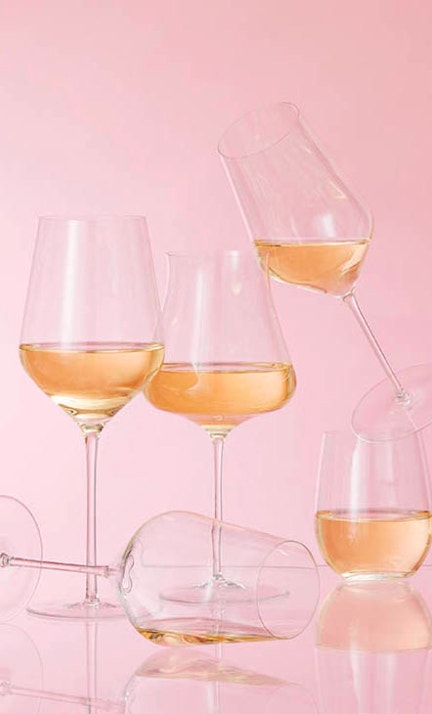
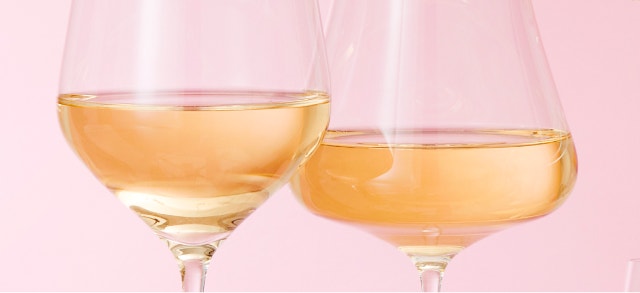
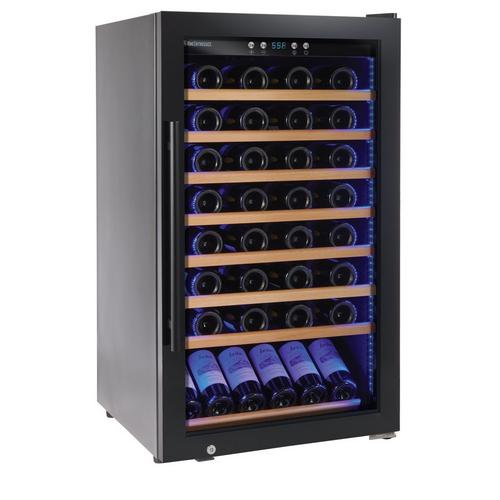
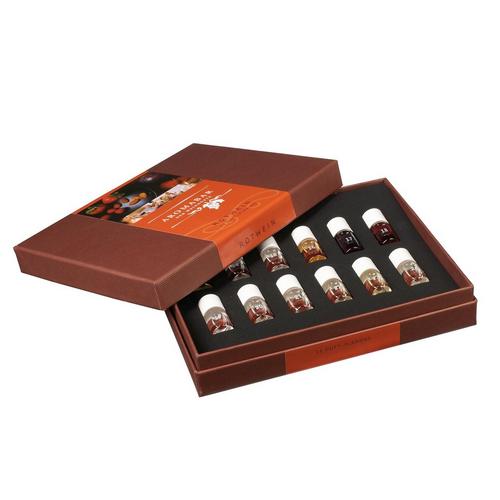














0 comments:
Post a Comment